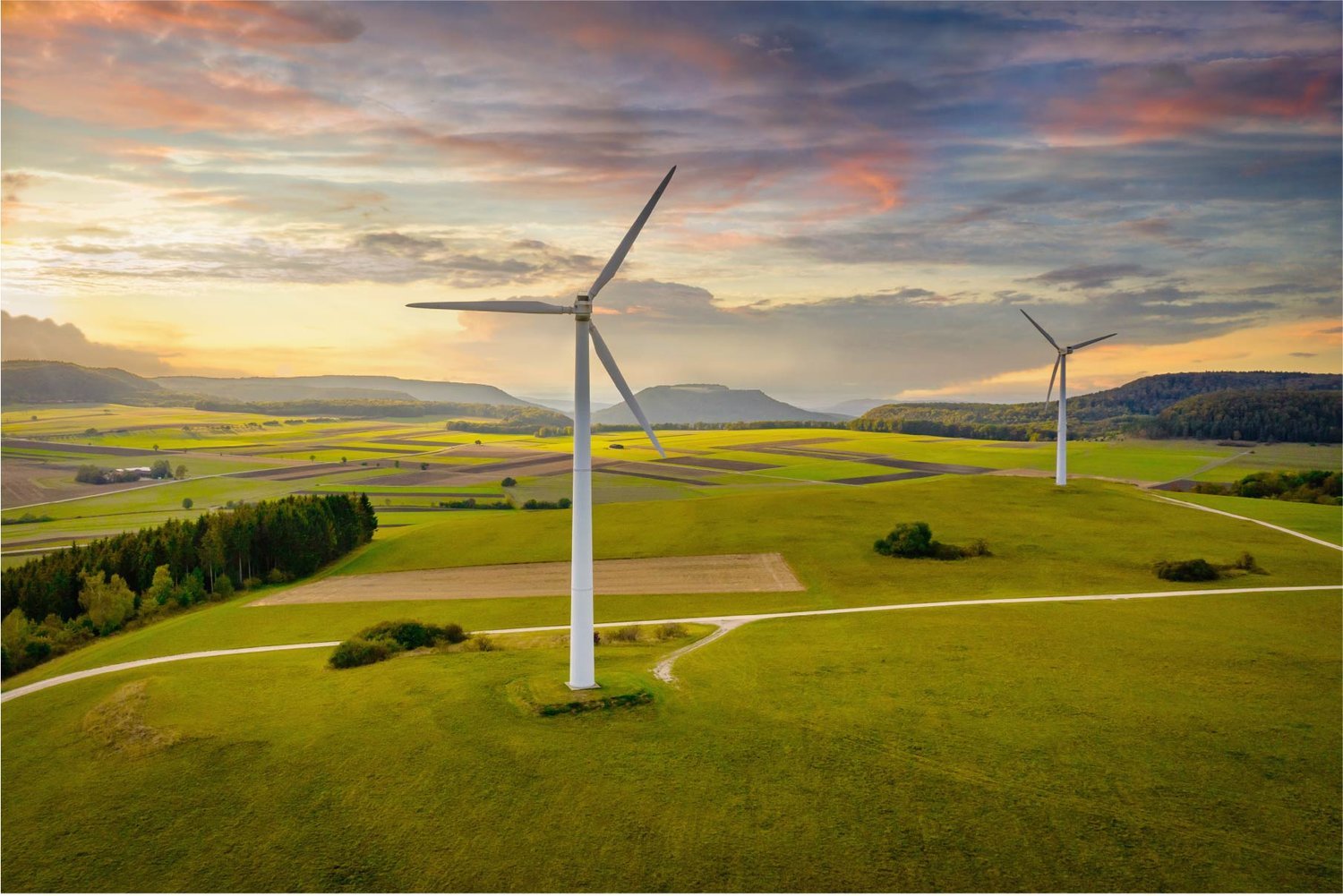How residential turbines can power your home
Wind power for the home is nothing new. Harnessing wind goes all the way back to 5,000 BCE, when it powered everything from pumping water to grinding grain. Since then, it has been industrialized to generate electricity. Modern residential wind turbines now operate similarly to industrial turbines.
With wind as one of the fastest growing renewable energies, eco-minded homeowners are looking to this invisible powerhouse to electrify their homes. Let’s discuss some common questions homeowners have when deciding whether to invest in wind energy.
How much wind power is needed for your home?
The typical American household consumes somewhere between 877-911 kilowatt-hours (kWh) of electricity per month. A single wind turbine rated between 5 to 15 kilowatts (kW) can fulfill this need, provided you have the necessary wind speed in your area. Use a wind map to check annual average wind speeds in your area.
Small wind turbines can lower your energy bill by as much as 90%. Use this energy calculator to determine the energy use of some of your home appliances. Using a small wind turbine to offset the energy of a few home appliances can help meet your energy goals.
How much do residential turbines cost?
The cost of a residential wind turbine depends on a variety of factors like size, kilowatt capacity, location, installation, zoning and permitting. Small rooftop turbines may cost up to $7,000, while free-standing 100 kW turbines can cost around $80,000.
Determining your energy goals and conditions specific to your home will help narrow down the cost. Homeowners interested in smaller wind projects can save by purchasing a wind kit at a home center and self-installing.
Although upfront installation costs for a residential wind system are significant, the investment pays for itself in a few years, and maintenance costs are quite small. Additionally, financial incentive is available in the form of investment tax credits. States and local governments also offer residential property assessed clean energy (PACE) models as a means to finance renewable energy home improvements. Check if to see if PACE programs are active in your state here.






